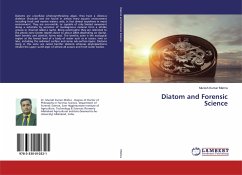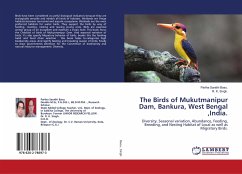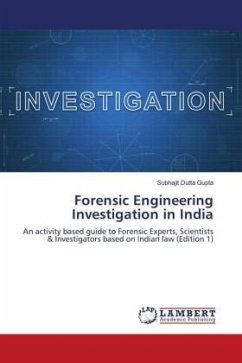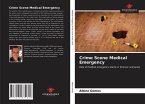Diatoms are unicellular photosynthesizing algae, they have a siliceous skeleton (frustule) and are found in almost every aquatic environment including fresh and marine waters, soils, in fact almost anywhere in moist environment. They are non-motile, or capable of only limited movement along a substrate by secretion of mucilaginous material form a slit-like groove or channel called a raphe. Being autotrophic they are restricted to the photic zone (water depths down to about 200m depending on clarity). Both benthic and planktic forms exist. The benthic zone is the ecological region at the lowest level of a body of water such as in ocean, river or lake, including the sediment surface and some sub-surface layers. Diatoms living in this zone are called benthic diatoms whereas phytoplanktons inhabit the upper sunlit layer of almost all oceans and fresh water bodies.
Bitte wählen Sie Ihr Anliegen aus.
Rechnungen
Retourenschein anfordern
Bestellstatus
Storno








